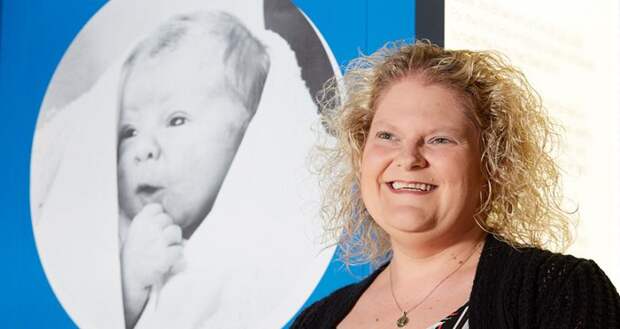Author: Laura Sanders / Source: Science News

At 11:47 p.m. on July 25, 1978, a baby girl was born by cesarean section at the Royal Oldham Hospital in England.
This part of her arrival was much like many other babies’ births: 10 fingers and 10 toes, 5 pounds, 12 ounces of screaming, perfect newborn. Her parents named her Louise. But this isn’t the most interesting part about Louise’s origins. For that, you have to go back to November 12, 1977, also near midnight. That’s when Louise Joy Brown was conceived in a petri dish.Louise was the first baby born as a result of in vitro fertilization, or IVF, a procedure that unites sperm and egg outside of the body. Her birth was heralded around the world, with headlines declaring that the first test-tube baby had been born. The announcement was met with excitement from some, fear and hostility from others. But one thing was certain: This was truly the beginning of a new era in how babies are created.
To celebrate Louise’s 40th birthday, I took at look at IVF’s origins, its present form and its future. IVF’s story starts around 1890, when scientist Walter Heape transferred a fertilized egg from an Angora rabbit into a different breed, and saw that Angora bunnies resulted.
Scientists soon began to work on other animals before turning eventually to humans. A fascinating account of the early days, written by IVF pioneer Simon Fishel in the July issue of Fertility and Sterility, recounts some of the more lively — and shocking — aspects of the nascent field.
For example, IVF researcher Robert Edwards, who won a 2010 Nobel Prize for his work, used to carry eggs between labs in Oldham and Cambridge in a container strapped to his body. And some of the early experiments involved inseminating the…The post 40 years after the first IVF baby, a look back at the birth of a new era appeared first on FeedBox.